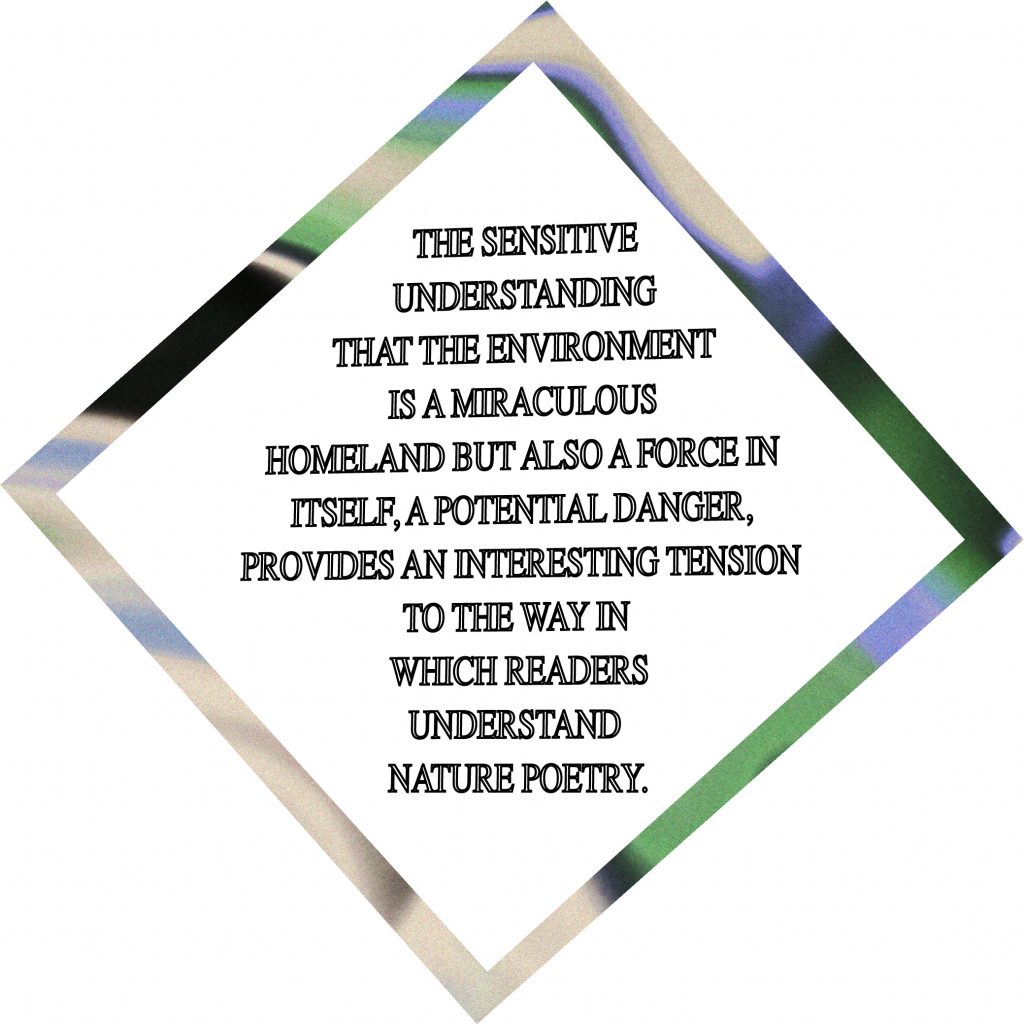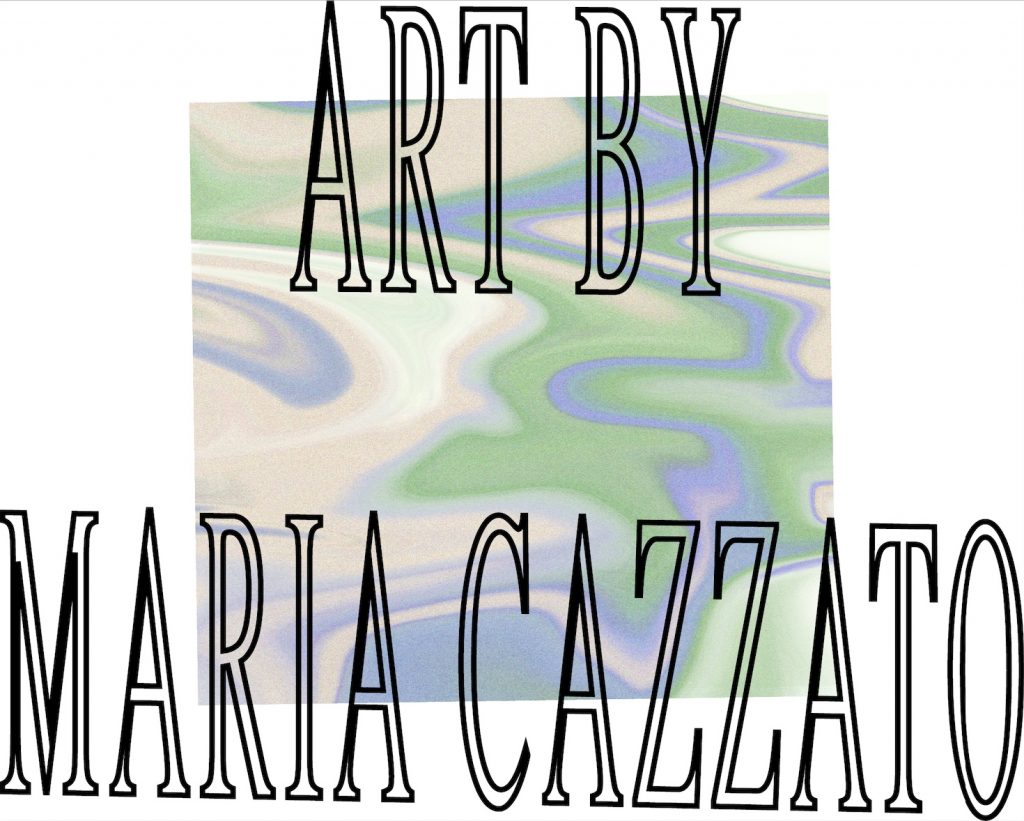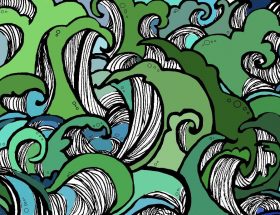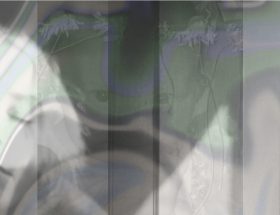This piece was originally written as part of a Nature and the City project in collaboration with Peach Street Magazine.
Literary critic Terry Gifford claimed that in the contemporary poetry field, he “knew that nature poetry had become a pejorative designation and [he] was looking for a term for the new environmentally self-aware poetry.”
British nature poetry, or what many now coin ‘ecopoetics,’ has experienced the peaks and troughs of many literary (and social) constructions throughout history. In discussing the spirit of nature in postmodern literature, Gifford claims that now, in its lowest ebb,
“nature poetry is having a bad time.”
It is true that the pastoral traditions of Wordsworth, Keats, Clare, Sterling, Pope and Goldsmith have since fallen out of favour with modern readers. However, in an age punctuated with increasing anxiety for the environment and the injuries we are inflicting upon it, a new generation of contemporary poets are refusing to separate – and are thus fusing –the recognition of nature as a simple, unproblematic beauty, and our own economic exploitations of it. Gifford uses real-world examples to illustrate this point, citing a range of different issues from National Parks quarried for motorway space, to the larger scale crises, such as the ‘first world’ exploiting the natural resources of the ‘third world.’
Green languages, green poetry, green voices are therefore alive and well.

Seamus Heaney’s relationship with the natural world was undeniably modern. Drawing on his rural, farming childhood in Ireland, Heaney exalts the environment and the natural land that surrounds him in a way that harks back to the classically natural poems of Yeats and Wordsworth. Upon his death, Eoin Flannery of Oxford Brookes University titled his homage, ‘death of a naturalist,’ in an effort not only to celebrate Heaney’s poem of the same name, but also to solidify the poet’s kinship with nature. And yet, unlike the historically nostalgic yearnings for nature, Heaney’s poetry also exhibits the cruelties and hardships that nature proffers. The sensuality and harsh physicality of nature are demonstrated in Digging (2003). Here, Heaney poetises the physical labour of harvesting potatoes, as the poetic voice’s family members are ‘stooping in rhythm.’
‘He rooted out tall tops, buried the bright edge deep
To scatter new potatoes that we picked,
Loving their cool hardness in our hands.’
As with Yeats, there is, of course ‘love’ in this labour, and yet, the potatoes are ‘hard’, the father’s rump is ‘straining,’ the boot is still ‘coarse.’ Whilst Heaney appreciates the land and understands the honesty of manual labour, he recognises that it is ‘violent as well as bounteous’ (Flannery). This tension can be found in many of Heaney’s other works, Blackberry-Picking, Death of a Naturalist, Bogland to name a few.
Like Heaney, Ted Hughes can be considered a nature poet. Just as Heaney is so attentive to narrow localism in his work (place names are aplenty), the rural landscape of Hughes’s youth in Yorkshire exerted a lasting influence on his work. The Poetry Foundation noted that ‘to read Hughes’s poetry is to enter a world dominated by nature, especially by animals.’ Just as Heaney presents a tension between the beauty and the danger of nature, Hughes demonstrates a parallel (or a ‘mismatch’, according to writers such as Paul McLoughlin) between unthinking nature and human consciousness. It is unsurprising that Hughes begins to home in on the notion of self-awareness, given the increasing cultural cognisance for the environmental damage that we – humankind – are causing. Wind is one of Hughes’ poems that demonstrates this line of thought concisely.
‘…Now deep
In chairs, in front of the great fire, we grip
Our hearts and cannot entertain book, thought,
Or each other. We watch the fire blazing,
And feel the roots of the house move, but sit on,
Seeing the window tremble to come in,
Hearing the stones cry out under the horizons.’
The poetic voice is overtly conscious of the setting’s natural component, the wind, while the latter remains unaware of the ‘trembling’ it is causing. Hughes merges the natural with the urban in some ways, as the man-made house has ‘roots’ which are threatened to be uplifted by the ‘stampeding’ wind. It is interesting that Hughes gives a voice to the stones, ‘cry[ing] out,’ at odds with humanity simply ‘watch[ing] the fire blazing’ in all of its, simply put, ecological message. Many of Hughes’ poems from the Remains of Elmet collection (1979) tread a similar thematic path, a culmination of his own poetic vision of the valley where he was raised, where the land is not only ‘unyielding,’ but also holds a ‘grim kind of beauty.’
‘Ecopoetics’ is a term used to describe poetry that has risen from the works of Heaney and Hughes (and many others); from the rising concern for environmental disaster in the modern age. Ecopoetry, as defined by James Engelhardt, is that which is connected to the world in a way that implies responsibility, and so nearly always becomes a question of ethics. Jack Collom’s poem Ecology (2001) forms a subtle account of environmental deglaciation.
‘It is all kind of lovely that I know
what I attend here now the maturity of snow
has settled around forming a sort of time
pushing that other over either horizon and all is mine.’
Though for Collom, snow is mature, it is nevertheless vulnerable. The poetic voice is void of doubt in the confirmation that ‘erosion of what white fat it will occur,’ whilst the line ‘all is mine,’ not only implies responsibility (as in Engelhardt’s summation), but confirms its overall ecological stance. The message? Humanity has taken what it mistakenly believed was its own.
So-called ‘green voices,’ nature poetics, are thriving in contemporary literature. Modern poets, Heaney, Hughes, Mackay, have arguably paved a way for writers to consider nature with more complexity than the beautifully celebratory odes of the Romantic tradition. The sensitive understanding that the environment is a miraculous homeland but also a force in itself, a potential danger, provides an interesting tension to the way in which readers understand nature poetry. An even newer generation of ‘eco-poets,’ such as Jack Collom, Juliana Spahr, Alice Oswald (a ‘poet of rivers’- read Dunt: A Poem for a Dried-up River (2002) and Forrest Gander are creating a poetic impetus for social change (although admittedly not all of their works are overtly political) and forcing readers to take responsibility to end environmental degradation.





